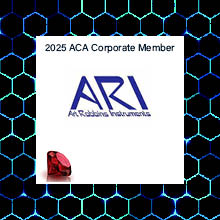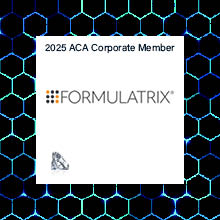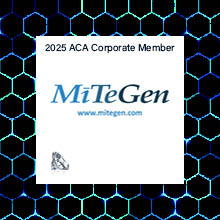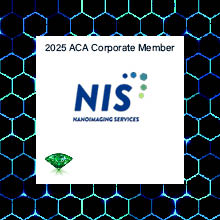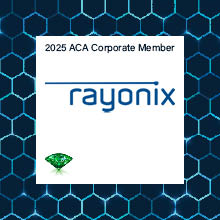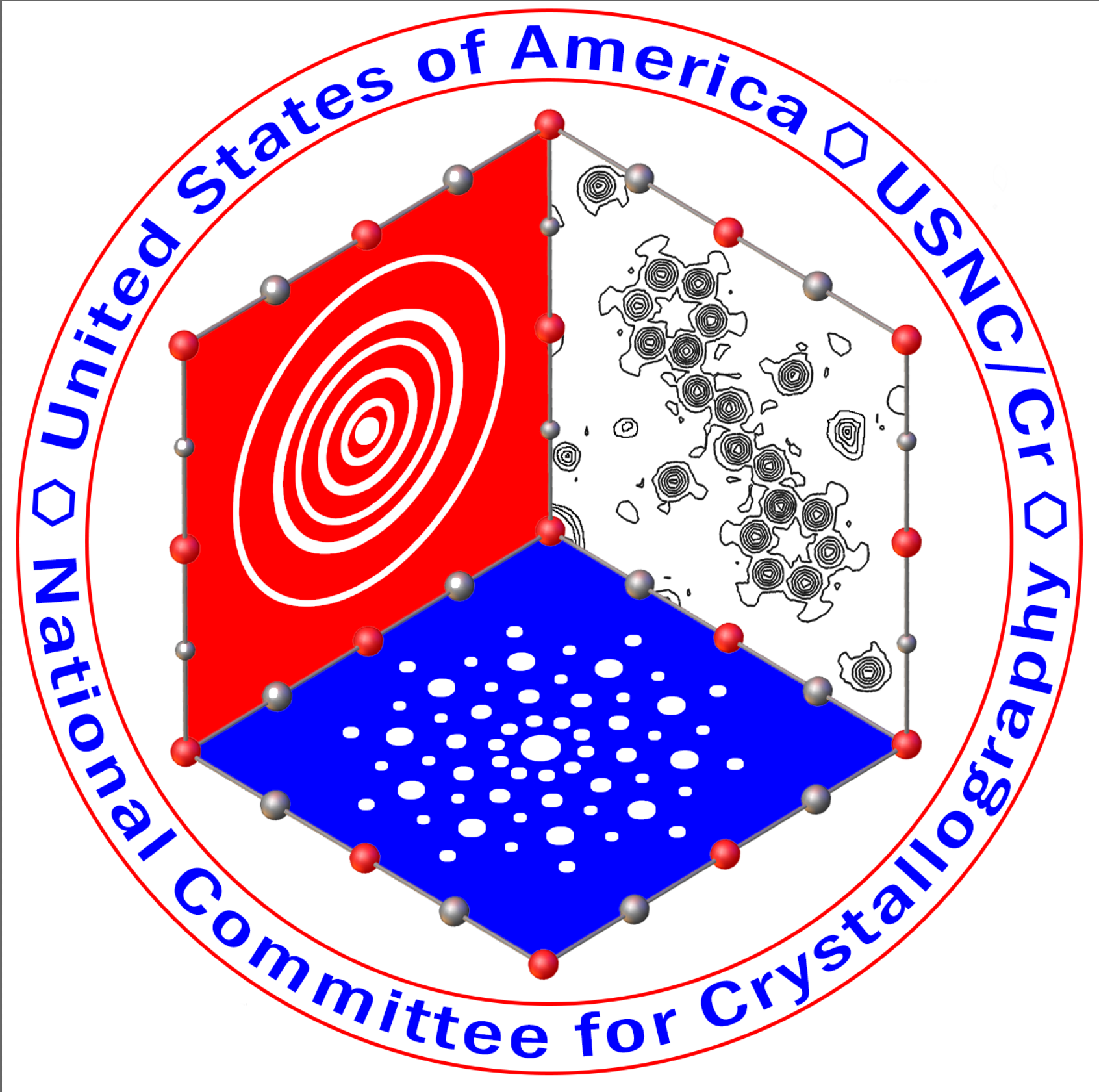- Home
- About ACA
- Publications & Resources
- Programs
- Annual Meeting
- Membership
- -History-
- ACA Video Library
2024 SIG Officers & Governing Information/DocumentationScientific Interest Groups (SIGs) are a vital part of the ACA. There are fourteen SIGs that each represent a particular discipline within the field of crystallography, allowing members to focus on their area of specialty while retaining access to interaction with the entire range of crystallographic techniques and applications. Any member may join however many SIGs they wish. There are no additional fees association with SIG membership. SIGs exist to give members the opportunity to focus on specialty areas while remaining connected to the entire scope of crystallographic applications. Joining a SIG means finding individuals within the larger network who have common scientific goals, challenges and interests. SIGs are responsible for defining the program at annual meetings. Each SIG is charges with organizing at least one half-day session every two years. This is a great opportunity for members to get involved in the ACA at a grass roots level and have a direct impact upon the annual meeting. By joining the ACA you will have the ability to join as many SIG's as you wish and start to connect with members with similar backgrounds and goals. When you join a the ACA and SIG's you broaden your network of peers and colleagues and get to enter a unique community of scientists that share your interests and areas of focus. Scientific Interest Groups represent the social networking within the ACA designed to:
Best Practices for Data Analysis & Archiving SIGThe BPDAA SIG was created to join the major effort in the international community to standardize best practices in data analysis and archival and further, to improve community involvement in these best practices.
Biological Macromolecules SIGThe BioMac SIG focuses on characterization of biological macromolecules, particularly proteins and nucleic acids, using a variety of structural methods such as X-ray crystallography, NMR, EM and SAXS.
Canadian DivisionAs the North American Regional Affiliate of the International Union of Crystallography (IUCr), the ACA plays a significant role in promoting the applications and techniques of crystallography beyond U.S. borders. The ACA represents all of North and South America to the global scientific community. Canada is the largest single country outside the United States to contribute to the goals and purposed of the ACA. The Canadian Division exists therefore to promote the interests of Canadian members and to provide for an elected official to represent these interest on the ACA Council.
CryoEM SIGThe Cryo-EM SIG reflects the rapidly growing interest in use of CryoEM methods within the structural biology community, and perfectly coincides with the recent Nobel Prize in Chemistry awarded to CryoEM pioneers Jacque Dubochet, Joachim Frank, and Richard Henderson.
Fiber SIGThe Fiber SIG represents the interests of fiber diffraction specialists and application of fiber diffraction in interdisciplinary studies. This is a diverse group that employs the use of X-rays, neutrons and elections in diffraction experiments in addition to modern computational molecular modeling approaches. This SIG meets every other year, with the next meeting scheduled for 2024. This SIG also only participates in elections every other year. The next year to include candidates for this SIG will be the election of 2024 with officers to being their position on January 1, 2025.
General Interest SIGThe General Interest SIG provides a forum for presenting topics of general interest that are outside the scope of the other sessions organized by the SIG's at the annual meetings. The General Interest SIG also has an educational mandate executed in close collaboration with the Education Committee.
Industrial SIGThe Industrial SIG represents the interest and activities of industrial scientists for the advancement of all aspects of the application of crystallographic techniques in industrial settings and to promote communication between scientists working with crystallography in the industry.
Light Sources SIGThe domain of the Light Sources SIG is extremely intense X-ray sources such as storage rings and X-ray lasers. SIG members develop technology and methods to optimize crystal structure determination using these sources, as well as to perform novel experiments and not possible with laboratory X-ray generators.
Materials SIGThe Materials SIG promotes the development and application of crystallographic tools and methods necessary to tackle materials problems ranging from catalysis and sustainability to fundamental chemistry and physics.
MicroED SIGThe MicroED SIG focuses on the method that was developed for the structure determination of proteins from nanocrystals separate from the cryoEM and small molecule SIG.
Neutron Scattering SIGThe Neutron Scattering SIG promotes all aspects of the applications of neutron scattering techniques and those scientists who practice them.
Powder Diffraction SIGThe Powder Diffraction SIG advocates for scientists that utilize or further develop powder diffraction techniques to investigate the structures of compounds and materials.
Service SIGThe purpose of the Service SIG is to further the advancement of all aspects of the application of service crystallographic techniques and to promote communication between persons interested in such techniques and results. We are a group of friendly, supportive colleagues and a great resource in questions related to service crystallography and beyond.
Small Angle Scattering SIGThe SAS SIG represents the small angle scattering community to advance SAS techniques and facilitate communication among researchers. These techniques utilize both neutron and X-ray source to extract structural and dynamic information for materials and macromolecules.
Small Molecules SIGThe Small Molecules SIG promotes and and all applications of crystallographic techniques to the determination, analysis and presentation of structures of small molecules. This group is very active in sponsoring scientific sessions that focus on cutting edge areas of small molecule discovery and application.
Young Scientist Interest Group (YSIG)The YSIG addresses the needs and concerns of students, graduate students and post-doctoral fellows who are making the transition from education to the workplace or research establishments. Those early on in their careers will find an abundance of resources for networking, job opportunities and exchange ideas and research techniques.
|




